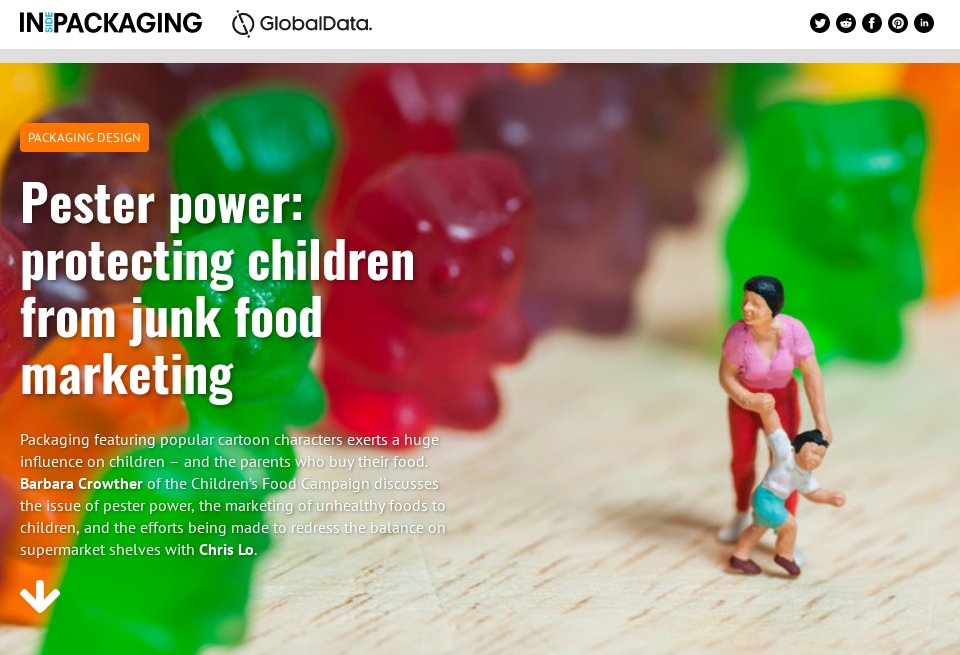

Indeed, the term "pester" can carry negative connotations such as the "nag factor", conjuring up images of unrelenting purchase requests being placed to beleaguered and harassed parents in busy shopping settings. Furthermore, the practice and outcomes of pester power tends to generate substantial societal disquiet in terms of the potential for parent-child conflict. The resulting conclusion is that this recognition and familiarity with brands at an early age may positively affect their brand preference and loyalty later in life.Ĭoncerns have been raised about triggers of pester power, with the focus often being placed on the marketing of certain foods, which may subsequently influence children’s food choices, consumption and health. Various studies have identified that children aged as young as two can recognise logos for well-known brands in the car, fast food and sportswear sectors. According to the survey, his/her own bedroom (57 percent) was at the top of the child’s wish list followed by a large back garden (34 percent) and a wish to live near friends (24 percent).Ĭontemporary research suggests that parents are increasingly involving children in household purchasing decisionsįinally, children constitute a future market where childhood consumption patterns and brand preferences may spill into adulthood.

A 2018 Harris Poll Survey undertaken in the US on behalf of SunTrust Mortgage found that 55 percent of homeowners sought their child’s opinion in the purchasing decision for a new family home. Secondly, children exert substantial influence on family purchasing decisions relating to areas such as food and entertainment, but also with regard to big ticket items such as the choice of family car and house. The survey also reported that approximately 49 percent of children shared some of their wealth with siblings or made a charitable donation, whilst toys were the number one purchase for children.

According to the 2018 Ulster Bank Communion Survey, the average total cash gift received by a child on the occasion of a first Holy Communion was €558. "The child-parent dynamic relating to purchasing requests and decisions is also a normal part of growing up within the family unit"įirstly, as consumers, children constitute a market in their own right with spending power often coming from pocket money, payment for household chores, and gifts. Children can act as both consumers and influencers, as well as being the customers of tomorrow. In order to understand the phenomenon of pester power, it is useful to consider the financial significance of the child market to commercial interests. More specifically, it refers to children posing precise purchasing requests to parents or other family members. Have you recently been at the receiving end of a child making a purchase request for something? Or have you ever observed a supermarket scene where a child implores a parent or family member to buy something specific? If so, you have witnessed the practice of pester power, one of the most controversial areas in marketing today.Īt a very general level, pester power refers to children’s influence on family purchasing and consumption behaviour. Analysis: children are now increasingly involved in household decision-making


 0 kommentar(er)
0 kommentar(er)
